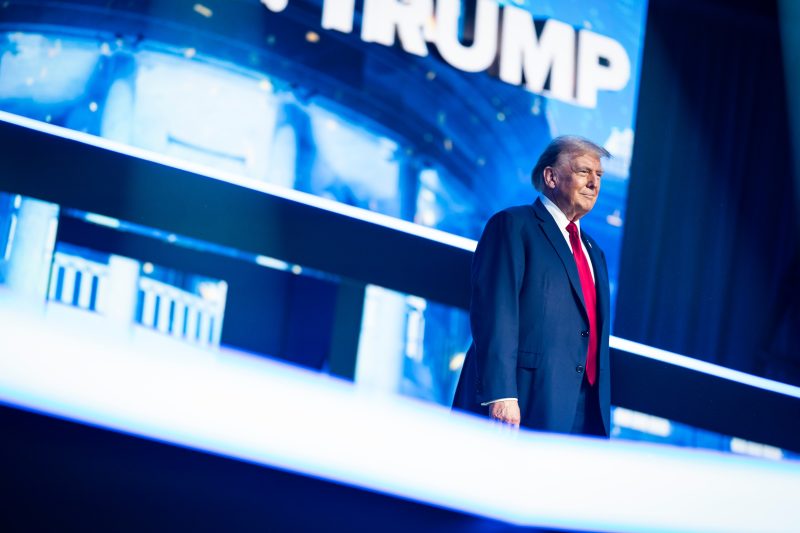In the wake of President Donald Trump’s defeat in the 2020 election, the Democratic Party has found itself at a crossroads. With their main focus on beating Trump now accomplished, Democrats are faced with the challenge of determining their next steps and uniting behind a cohesive agenda. However, this unity has proven elusive, as the party finds itself divided on key issues ranging from policy priorities to internal dynamics.
One of the primary areas of division within the Democratic Party lies in the debate over how aggressively to pursue progressive policies. While some members of the party advocate for bold, transformative initiatives such as the Green New Deal and Medicare for All, others are more cautious, favoring incremental change to appeal to a broader segment of the electorate. This divide has been highlighted in recent legislative battles, such as those over infrastructure and voting rights, where the party has struggled to present a unified front.
In addition to policy disagreements, the Democratic Party is also grappling with internal divisions over strategy and messaging. Some Democrats believe that the party should continue to focus on appealing to moderate and independent voters, while others argue that energizing the party’s progressive base is key to winning future elections. This tension was evident during the 2020 presidential primary, where candidates representing different wings of the party clashed over the best approach to defeating Trump.
Furthermore, the Democratic Party’s struggle for unity is compounded by its diverse coalition, which includes members with a wide range of ideological perspectives and priorities. From progressives to moderates, and from urban centers to rural communities, Democrats must navigate a complex landscape of competing interests and priorities in order to forge a path forward. This challenge is further complicated by the rise of social movements such as Black Lives Matter and Me Too, which have pushed the party to confront issues of racial and gender inequality in new and powerful ways.
Despite these divisions, the Democratic Party has shown resilience in the face of adversity. While disagreements are inevitable in any large and diverse political organization, Democrats have consistently come together to push back against the Trump administration’s attacks on democracy and human rights. Moving forward, the party will need to build on this spirit of unity and cooperation in order to effectively govern and enact meaningful change for the American people.
In conclusion, the Democratic Party’s struggle for unity in the post-Trump era reflects the broader challenges facing American democracy today. By grappling with internal divisions over policy, strategy, and messaging, Democrats have the opportunity to define a path forward that is inclusive, ambitious, and responsive to the needs of the electorate. While the road ahead may be difficult, the party’s ability to overcome these divisions and unite behind a common vision will be crucial to its success in the years to come.
